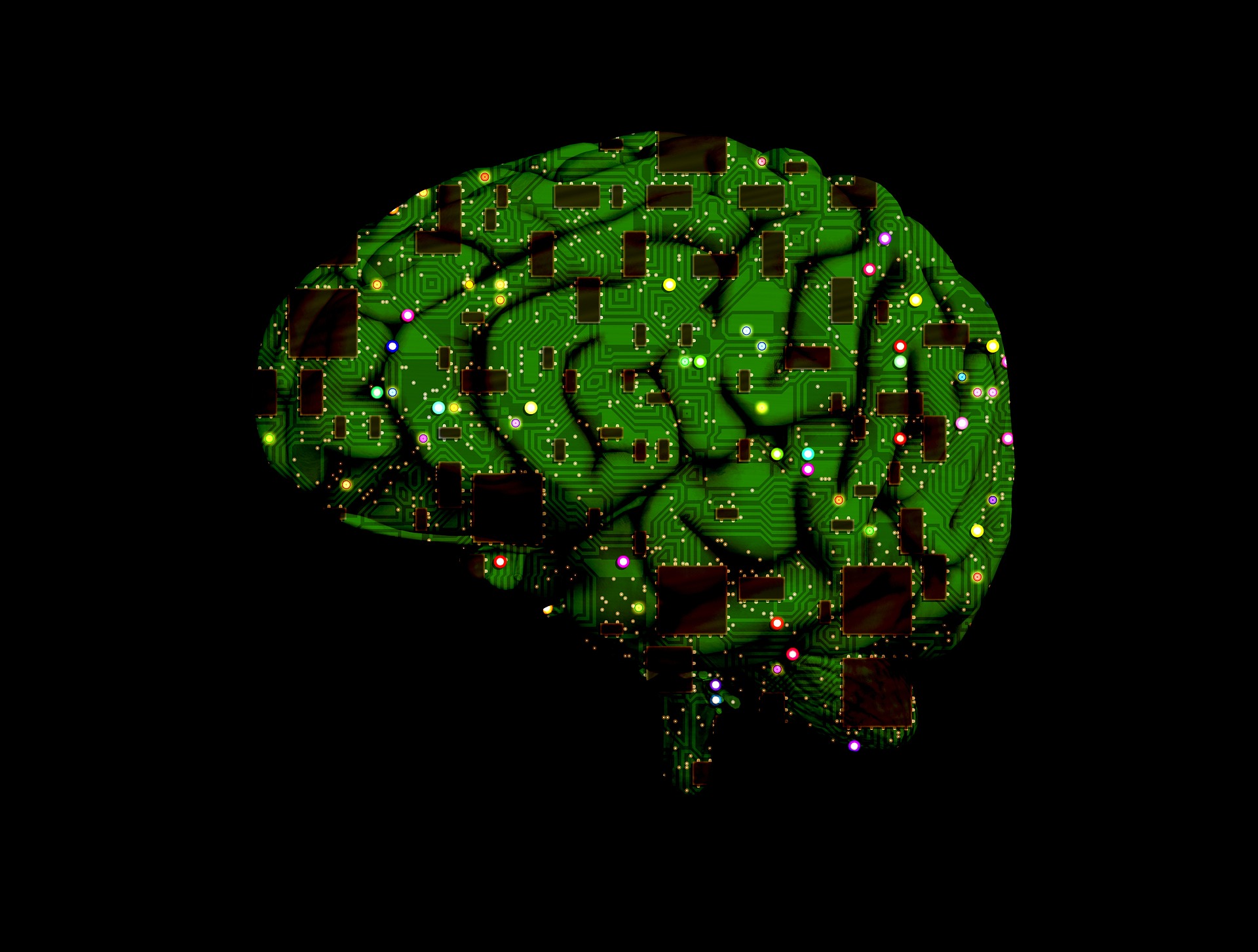
For Task #12 (Speculative Futures), I’ve chosen to link to Abraham Kang’s, Task 12: Speculative Futures task. Abe’s idea of taking his first speculative narrative and asking his reader to paste the text in a free online text-to-speech reader was quite clever. I thought it lent a bit more gravity to the message Abe was trying to convey. Though both narratives were quite short I didn’t feel that was necessarily a shortcoming; rather, I thought his message was a lot clearer because his narratives were succinct and to the point. Additionally, providing his reader with a link to a companion article where one can further explore the idea of microchipping employees (creepy!) was helpful; it provided useful context which helped make the jump from microchipping employees (adults) to students (children) less surprising and more believable.
WordPress
Overall, Abe’s WordPress site is relatively simple. The colours are high-contrast (which is great for accessibility purposes). However, his site might benefit from the addition of of one or two menus or options that allow readers to navigate to different points of the site without having to endure the scroll of doom each time they search for a Task. (The only way I managed to navigate through Abe’s site was to click on the name of the site at the top of the page and then I’d scroll through the list of Tasks he’s created).
In contrasting Abe’s site to my own, in terms of simplicity, Abe’s site ‘wins’, hands down. Most of his posts are text-based (unless otherwise called-for in the assignment/task descriptions). As someone who is currently trying to juggle a billion things all at once, this was actually quite lovely. I could navigate through his posts, read them, reflect and move on. At times, it seemed that some of his posts were perhaps a bit too sparse: Task 7: Mode-Bending might’ve benefited from a bit of context, and Task 10: Attention Economy might be interesting with more detail, but again, excessive description isn’t always the point of a particular exercise and so Abe’s tasks are quite ok the way they are. (Frankly, I admit that perhaps I’m TOO verbose at times….).
Theoretical Concepts
Though not explicitly stated in Abe’s narratives, I think his first speculative narrative concerning microchipped students particularly speaks directly to that innate fear Vallor (2018) discusses in Lessons from the AI Mirror. Since we know microchipping is something that is already being explored with employees, I don’t think it’s too much of a stretch to imagine something similar being eventually tested on or attempted with students. Perhaps not elementary-aged students, but certainly starting with higher ed (and trickling down to high school); it isn’t unreasonable to imagine! I tried to ‘riff’ off what Vallor (2018) discusses as well in both my dystopic and uptopic VideScribe videos. I wanted to show the darker dystopic narrative, the: what-is-feared-becomes-reality ‘story’ first, followed by the: it-isn’t-that-bad ‘utopic’ narrative, second. In comparison, I think Abe sticks with a more dystopic (perhaps more realistic?) perspective in both speculative narratives.
(Aside: As a result of reflecting on Abe’s narratives (and my own speculative narratives), do I really think AI will be all doom and gloom in the future: No. Do I think we need to approach our use of AI strategically and prevent big business and the military from dictating/controlling the direction we take with AI: Absolutely, yes).
Reference
